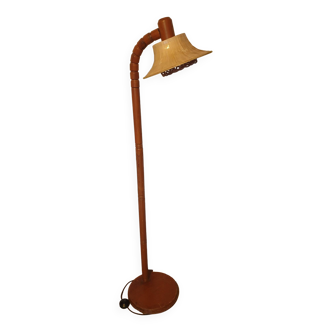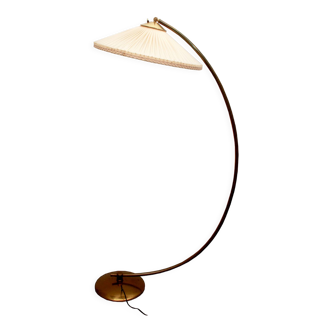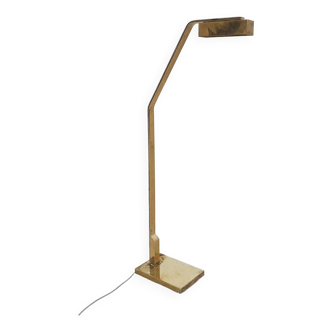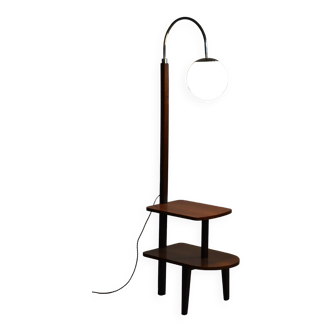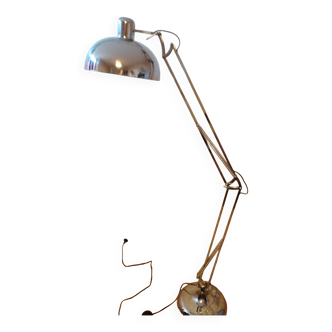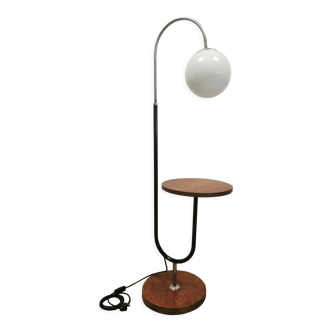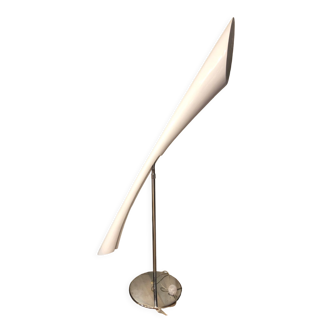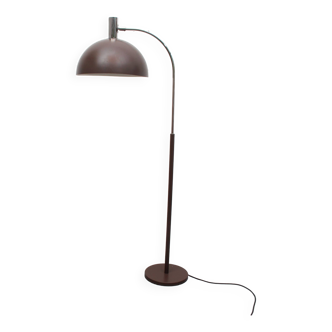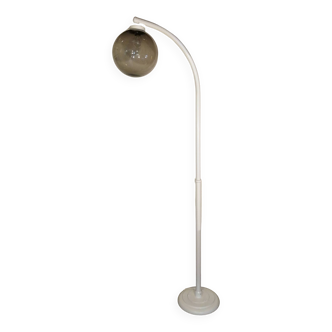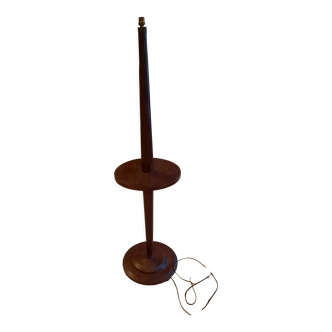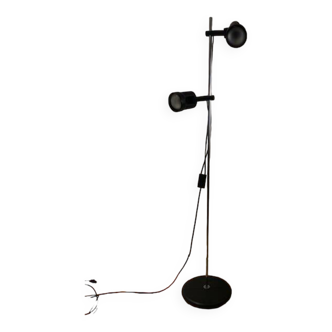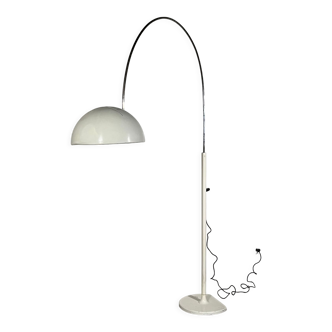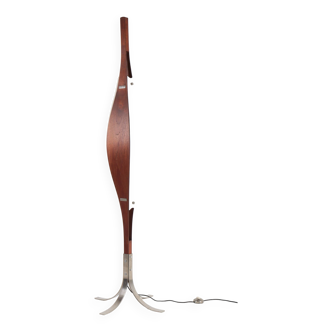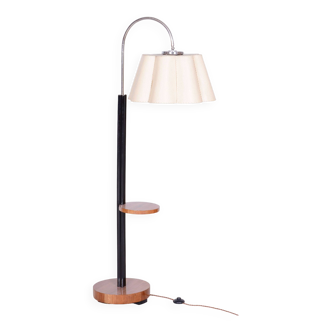“Praying mantis” floor lamp Maison Rispal
🙈 Oops, this product is already sold or unavailable. Discover our 1500 new products or products similar to this item !
- Designer :
- Rispal
- Dimensions :
- H160 x W42 x D60
- Color :
- wooden
- Material :
- wood
- Style :
- scandinavian
“Praying mantis” floor lamp Rispal Jellyfish, grasshoppers, sea urchins, giraffes…..we can no longer count the sources of inspiration for what we call biomorphism or organic design. But the praying mantis from the RISPAL house undoubtedly remains the most emblematic example. The Rispal house was founded in 1924 by Georges Léon Rispal at 172 Rue de Charonne in the 11th arrondissement of Paris. First a creator of classically crafted lighting, at the beginning of the 1950s an avant-garde catalog appeared called Formes Nouvelles, whose models were largely inspired by Scandinavian design but also by Jean Arp. Who is he ? a German sculptor naturalized French (1886-1966), co-founder of the Dadaist movement in Zurich in 1916, and inventor of his own so-called biomorphic vocabulary. Was it his first name that was associated with the name Rispal? because Jean Rispal, commonly cited, did not exist, it was the company's internal style office which designed the models. On the other hand, Jean Arp owned a house in Clamart next to that of Georges Léon Rispal, so it would not be a legend that the organic silhouette of our floor lamp owes a lot to the Dadaist artist! It measures 160 cm high and 42 cm wide. The Rispal house uses sapele wood to create fluid and graceful curves, as well as pleated paper (in fact cellulose acetate) known as rhodoid. His creations have entered the history of international design, like this praying mantis so iconic that we no longer call it a floor lamp; it is in fact antique dealers and decorators who have named it thus over time. The Rispal company ceased its activity in 1982 and all the plans, manufacturing documents and tools disappeared at the same time as the company's know-how. Each praying mantis floor lamp from the 1950s is therefore a unique piece. Teak structure

























